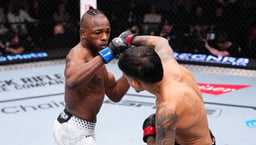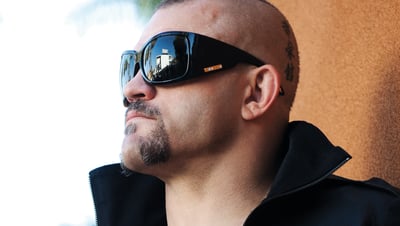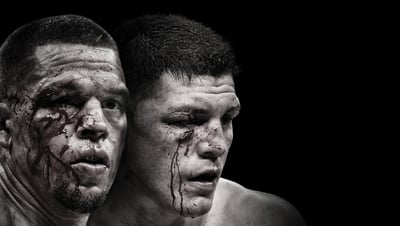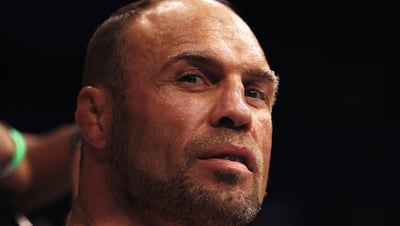
issue 218
June 2025
New research reveals that the real damage in MMA isn’t coming under the lights. It’s hidden in everyday training sessions, quietly breaking faces and scrambling brains before fight night begins.
The real face damage isn’t coming under the bright lights of competition. Instead, it’s happening in half-empty gyms, under flickering fluorescent bulbs, with a mid-skill mate who doesn’t know how to pull a punch. A new decade-long study in The Journal of Craniofacial Surgery just dropped some facts about MMA that open perspectives. They found that 54,787 emergency room visits were tied to MMA face and head injuries, most of them from training, not actual fights. Turns out it’s not fight night doing the worst of it. Instead, it’s your Tuesday grind that’s quietly rearranging cheekbones millimetres at a time. And the ones copping the worst of it? Young men aged 15 to 29, with inexperienced 15-year-olds topping the charts. The most frequent target? Your head. The most common result? Internal trauma. This is the kind of invisible damage that doesn’t bruise but still messes with your wiring. Only 5% of cases ended up in the hospital, but don’t let that stat fool you.
DAMAGE THAT DOESN’T BRUISE
The other 95 percent? They walked out. But walking out doesn’t mean walking out unharmed. That’s the issue with face and head trauma, that it seldom rolls with a warning label. You can take a solid hit, finish the sparring, laugh it off, and still wake up three days later wondering why your short-term memory feels like a kicked-in school locker. The study flagged nearly one in five injuries as internal. This was the damage you can’t see, can’t always feel, but that messes with your balance, reflexes, and brain function just the same. According to the research, most of it happens in low-surveillance settings, such as hard sparring with the wrong partners, ill-fitting headgear, and coaches who are more focused on conditioning than concussion protocols. And because it doesn’t bleed, swell, or make a cracking sound, most amateur fighters just keep plugging away until something finally breaks.

DANGER: TRAINING
McGregor. Makhachev. Barber. It happens to the best even in training because that’s where the most carnage lives. According to the American Orthopaedic Society for Sports Medicine, 78% of all MMA injuries happen in training, not during a real fight. That’s more than boxing, wrestling, or even taekwondo. And while most fans assume it’s the big KOs racking up the lifetime damage, the reality is probably a lot more sobering: repetitive trauma, mismatched intensity, and overuse in training are doing more long-term harm than any single fight ever could. Striking-based styles, such as boxing, Muay Thai, and karate, were linked to the highest number of facial injuries. And yes, MMA combines all of them, then throws in submission grappling just to ensure every joint gets a go in the hurt locker. It’s the perfect recipe for structural breakdown that happens off-camera, without the benefit of medical staff, proper gear, or built-in recovery.
SMART ROUNDS SAVE CAREERS
So what fixes it? First, strip away the bravado. Your gym shouldn’t feel like a warzone six nights a week. Controlled contact, technical sparring, and smarter partner pairings should be the baseline, never the exception. If your coach pushes full-intensity rounds every session like it’s the main card at Madison Square Garden, that’s just lazy programming. Dialling back doesn’t mean going soft. It means giving your central nervous system, face bones, and long-term memory a fighting chance. Quality sparring rotates intensity like periodisation in strength work. This means some rounds should be hard, some are timing-focused, and some are movement drills where ego gets left at the door.
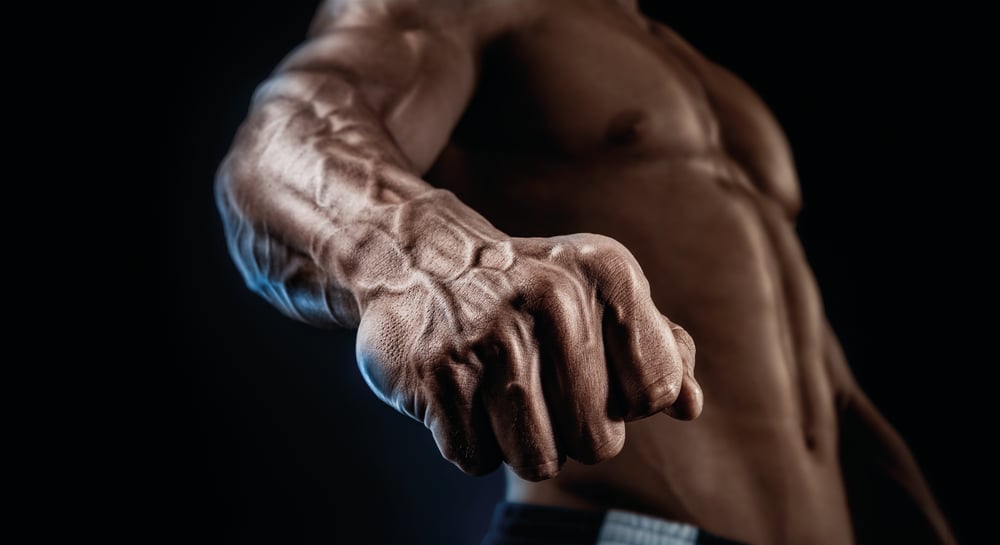
PROTECTION IS A SKILL
Next, upgrade your gear and invest in your own. Every other sport, from triathletes to golfers, gets their kicks out of gear shopping, and MMA athletes should warm up the credit cards. Look, headgear doesn’t make you invincible, but it can reduce the cumulative slap of those repetitive hits. Just make sure it fits like a second skull, not a loose bobblehead. Mouthguards that absorb shock, gloves that aren't worn to the stitching, and shin guards that aren’t hand-me-downs from your coach’s VHS era all matter more than you think. Then there’s recovery. Ice and rest are amateur-hour. Recreational MMA fighters should track their recovery digitally using something like a Whoop, keep tabs on their symptoms, manage inflammation, and take scheduled deloads, whether they feel fine or not. By the time you feel it, it’s probably too late. Smarter training starts with recognising that staying in the fight game longer doesn’t just mean training harder, it means walking out of the gym with the same brain you walked in with.
WISE UP
The 1980s walk-it-off mindset just doesn’t cut it anymore, not when we have the data, the gear, and the science to do better. This sport’s already hard enough without adding self-inflicted ignorance to the injury list. If the sport is to keep growing, its athletes need to outsmart the damage, not just endure it. That starts in the training arenas, where smart habits beat dumb toughness every time. Face it: your face is worth protecting. Your brain even more so. Train like it.
...

